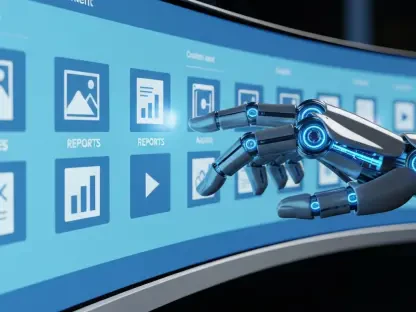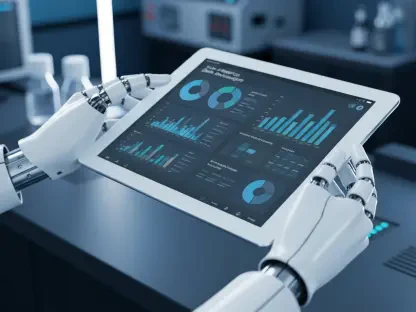I’m thrilled to sit down with Milena Traikovich, a true trailblazer in the realm of demand generation and AI-driven marketing strategies. With her deep expertise in analytics, performance optimization, and lead generation, Milena has been instrumental in helping businesses craft campaigns that attract high-quality leads. Today, we’re diving into her insights on go-to-market automation, innovative tools, and the evolving landscape of B2B marketing. Our conversation explores how cutting-edge technology is reshaping lead generation, the power of strategic acquisitions in driving innovation, and the future of inbound marketing with AI at its core.
Can you give us a broad picture of how AI is transforming go-to-market strategies for B2B companies today?
I’m glad to share my perspective on this. AI is fundamentally changing the game for B2B go-to-market strategies by automating and personalizing processes that used to take weeks or even months. With AI, companies can analyze massive datasets to identify ideal customer profiles, tailor outreach with hyper-personalized content, and optimize campaigns in real time based on engagement signals. It’s not just about efficiency; it’s about precision—reaching the right people at the right time with the right message. This level of automation allows marketing and sales teams to focus on strategy and relationships rather than manual tasks.
What excites you most about the potential of AI-native inbound marketing in this space?
What gets me really excited is how AI-native inbound marketing flips the traditional model on its head. Instead of casting a wide net and hoping for bites, AI lets us use signals—specific behaviors or data points—to attract leads who are already showing interest. It’s about creating content that resonates deeply, whether through niche media or platforms like LinkedIn, and then using AI to pinpoint prospects from those interactions. The potential here is to build trust and engagement long before a sales conversation even starts, which is a game-changer for building pipelines.
How do you see specialized AI models contributing to more effective marketing workflows?
Specialized AI models are like having a dedicated expert for every step of your marketing workflow. They’re trained on specific datasets—think millions of sales interactions or contact points—so they can predict what works best for lead research, content creation, or campaign tweaks. For instance, these models can analyze past engagement to suggest the exact tone or messaging for an email sequence. The result is a smoother, data-driven workflow that cuts down guesswork and boosts conversion rates significantly.
Can you walk us through how content-driven lead generation can uncover hidden opportunities for businesses?
Absolutely. Content-driven lead generation is all about leveraging media—podcasts, articles, social posts—to draw in prospects who might not even be actively searching for a solution. By placing content in niche networks where your audience hangs out, you capture signals of interest, like who’s engaging or sharing. AI then sifts through this to identify high-potential leads, sometimes thousands a day. It’s like finding needles in a haystack without having to look through the whole stack—those hidden opportunities become visible and actionable.
What role do you think strategic team integrations play in accelerating innovation within a company’s marketing roadmap?
Team integrations, especially through strategic hires or acquisitions, are crucial for fast-tracking innovation. When you bring in folks with deep expertise in a specific area—like inbound marketing infrastructure—they don’t just fill gaps; they bring fresh perspectives and proven systems. Their skills can directly shape new tools or features, cutting development time in half. Plus, their experience often means they know what pitfalls to avoid, so you’re not reinventing the wheel but building on a solid foundation.
How can tools focused on thought leadership, particularly on platforms like LinkedIn, make a real difference for marketing teams?
Thought leadership tools on platforms like LinkedIn are a lifeline for marketing teams struggling to stand out in a crowded digital space. These tools help craft content that’s not just noise but actually speaks to a target audience, using data to decide what to say and who to reach. They also often include features to track engagement in real time, so teams can see which buyers are interacting and pivot their approach instantly. It’s about turning visibility into meaningful connections that drive demand.
What’s your forecast for the future of AI in inbound marketing over the next few years?
I believe we’re just scratching the surface of what AI can do for inbound marketing. Over the next few years, I expect AI to become even more predictive, using deeper behavioral data to anticipate needs before a lead even expresses them. We’ll see tighter integration across channels, where content on one platform seamlessly triggers personalized outreach on another. And as AI tools become more accessible, smaller businesses will jump on board, leveling the playing field. It’s going to be an exciting evolution, with AI not just supporting but truly leading marketing strategies.









